Furniture plays an important role in making a house feel like home, yet it often takes the brunt of everyday life. From wobbly chairs to scratched tables, small damages can make pieces look worn out or uncomfortable to use. The good thing is that most of these issues do not require professional repair or costly replacements. With a few simple tricks and common household items, you can bring new life to your furniture, extend its lifespan, and keep your space looking well cared for. These handy fixes are easy to learn and satisfying to do yourself, giving you the confidence to handle minor problems without stress. Beyond saving money, they also let you enjoy your furniture longer and even discover the fun side of do-it-yourself solutions. Here are eleven straightforward methods every homeowner can try to keep their furniture in great shape.
1. Tighten Loose Chair Legs
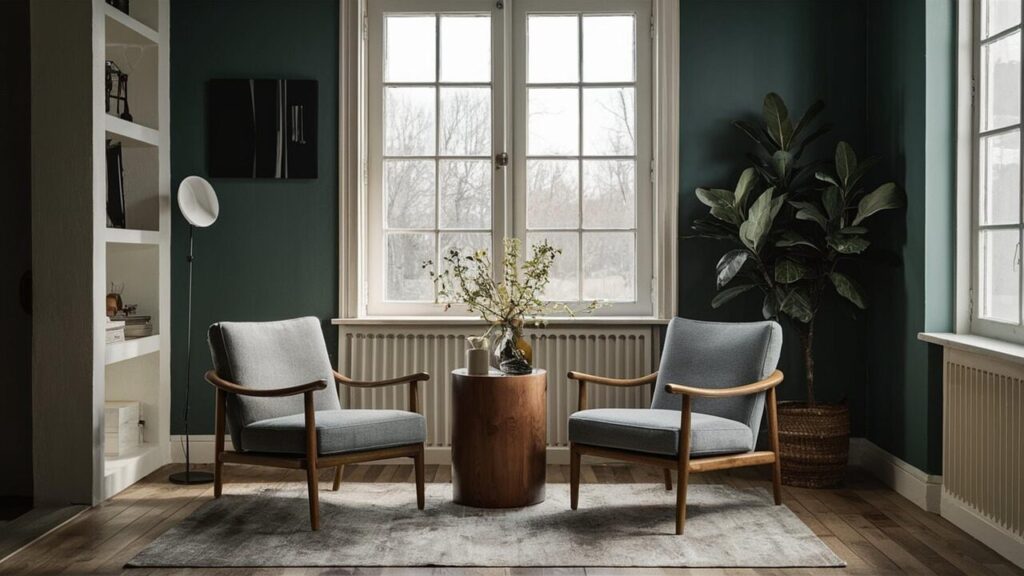
A common issue in many homes is a chair with legs that wobble or feel unsteady. Over time, screws and joints loosen from frequent use, creating instability. To fix this, simply turn the chair over and check the screws, bolts, or dowels holding the legs. Tighten them carefully with the right tool, and if any wood is worn, apply wood glue to strengthen the joint before reassembling. Allow the glue to dry fully before using the chair again. This quick fix not only restores safety but also extends the chair’s lifespan, preventing further damage from uneven weight distribution.
2. Remove Water Rings From Wood
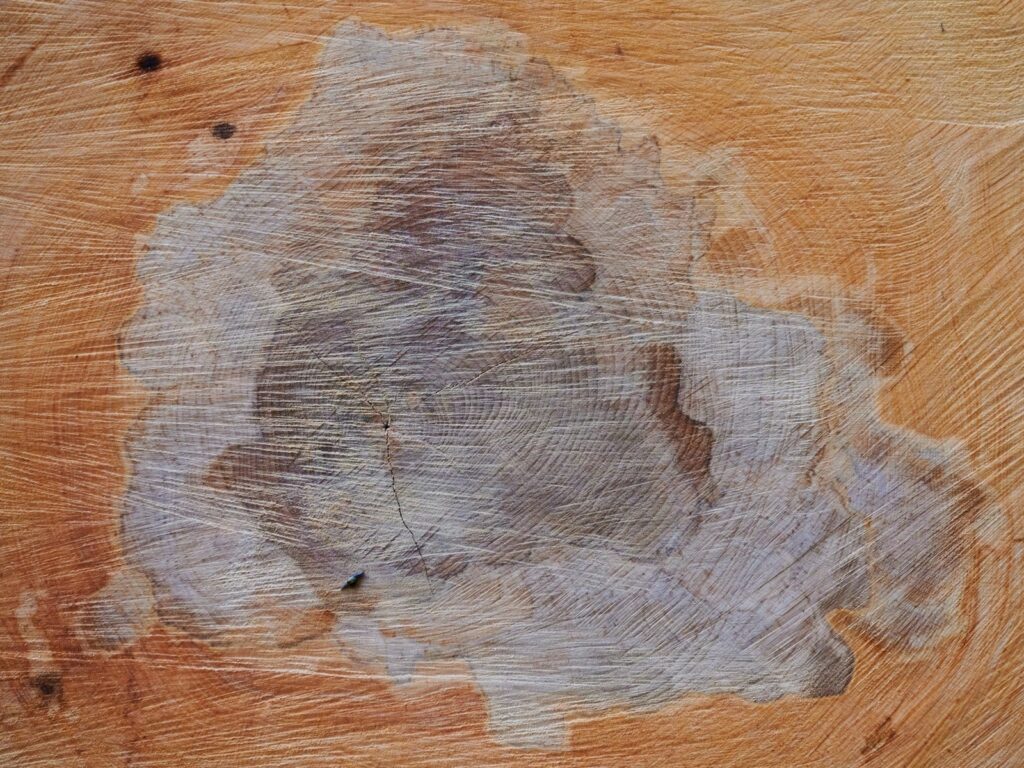
Water rings on wooden tables and dressers can be frustrating, but they are often easier to fix than they appear. These marks usually occur when moisture gets trapped under the finish. One simple method is to place a soft cloth over the stain and gently press with a warm iron for a few seconds. The heat helps evaporate the trapped moisture, reducing the visibility of the ring. For lighter stains, a mix of baking soda and water or even mayonnaise rubbed gently with a cloth can also work wonders. These approaches refresh the surface without damaging the wood.
3. Fix Scratches With Household Items

Scratches on wooden furniture can make beautiful pieces look aged before their time. Fortunately, many quick fixes can be done with items you already have at home. One popular method is rubbing a walnut or almond along the scratch, as the natural oils blend with the wood and mask the mark. You can also use a mixture of vinegar and olive oil applied with a soft cloth to restore shine and minimize scratches. For darker furniture, a touch of coffee grounds or a matching marker can disguise imperfections. These solutions are cost-effective, quick, and surprisingly effective.
4. Silence a Squeaky Bed Frame
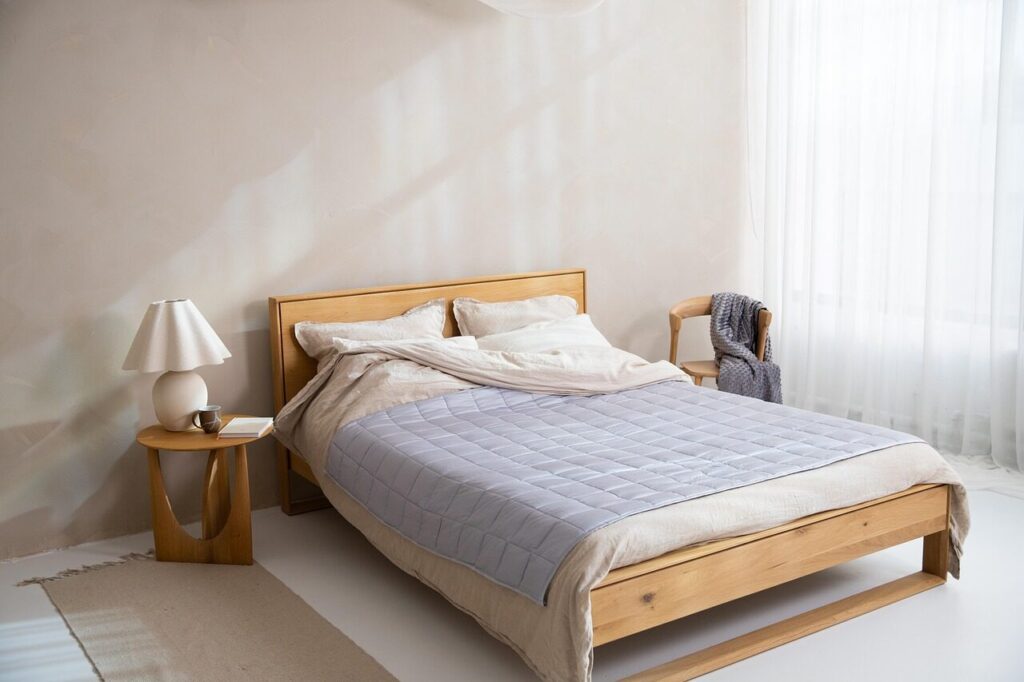
A squeaky bed can disturb your rest and become irritating over time. Luckily, silencing it is often a straightforward task. Begin by identifying the source of the noise, which usually comes from loose bolts, joints, or friction between metal parts. Tighten all screws and bolts with a wrench or screwdriver, and apply a small amount of furniture wax, soap, or even candle wax to areas where wood or metal rubs together. If slats are the issue, secure them with felt pads or cloth. These steps quickly eliminate squeaks, making your bed frame stable, quiet, and more comfortable.
5. Repair Peeling Veneer
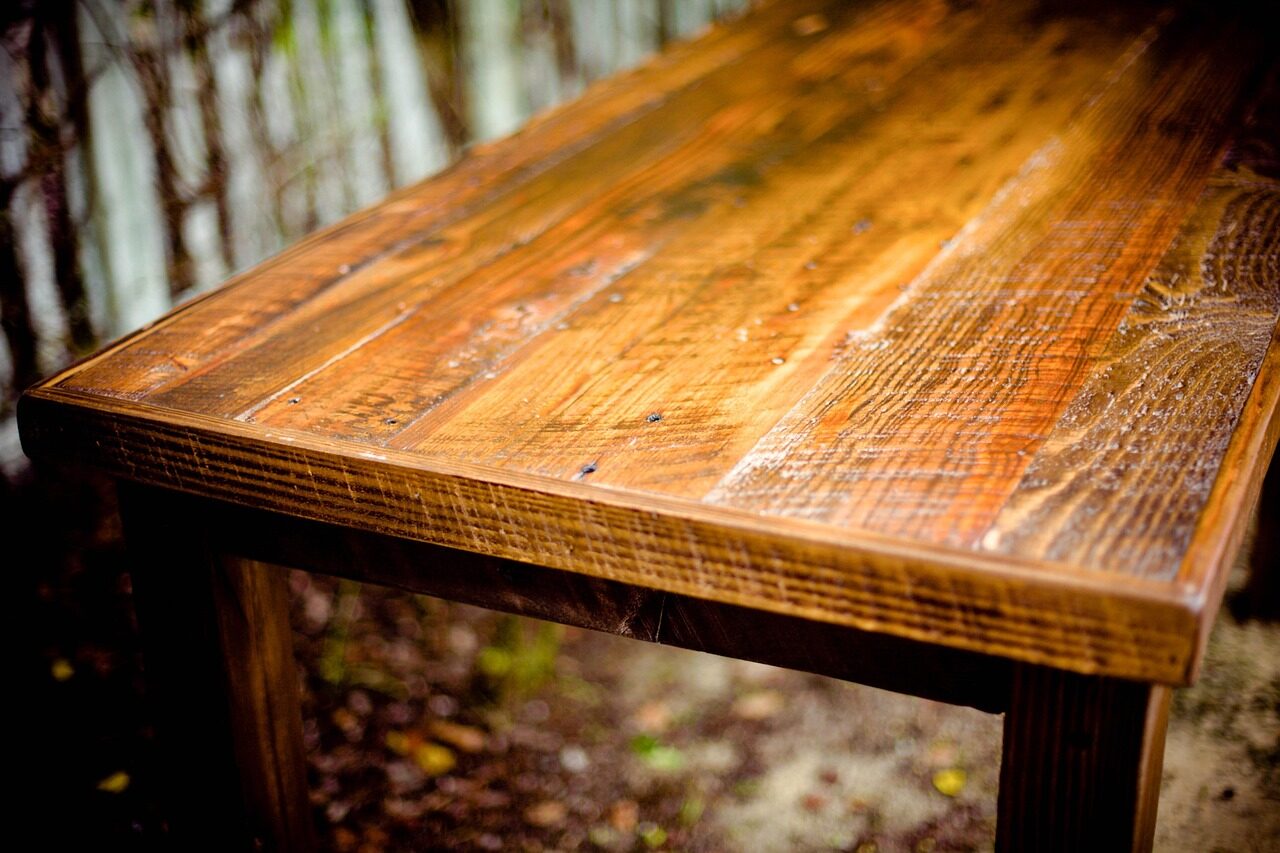
Veneer adds a polished finish to furniture, but peeling or bubbling can make it look unattractive. Thankfully, this is something you can repair without replacing the whole piece. First, carefully lift the peeling section and clean out any dust or old adhesive. Apply wood glue evenly beneath the veneer, then press it down firmly with a clean cloth. Place a heavy object or clamp over it until the glue fully sets. For bubbles, gently cut a small slit with a razor, add glue inside, and press flat. This process restores the smooth, professional look of veneered furniture.
6. Refresh Upholstery With Simple Tricks
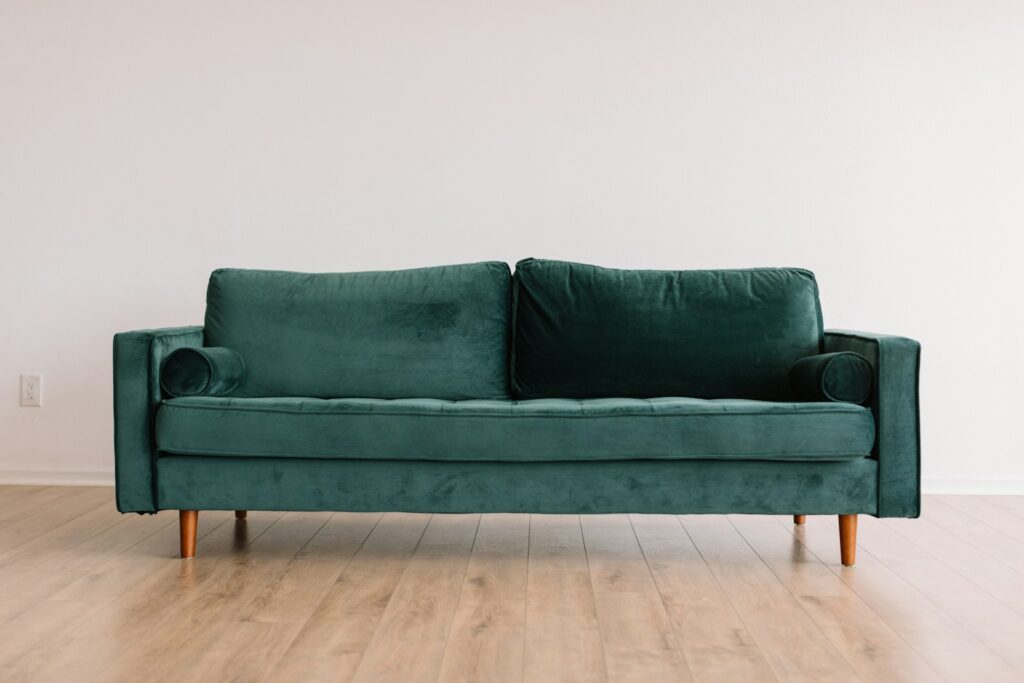
Upholstered furniture can lose its fresh look over time due to stains, odors, or flattened fabric. A quick vacuuming helps lift dust and crumbs, while sprinkling baking soda and letting it sit for a few minutes removes odors. For spot stains, use a mild soap solution or upholstery cleaner with a cloth, blotting instead of rubbing to prevent spreading. Fluff cushions by rotating and patting them regularly to keep them plump. For an instant refresh, add a slipcover or decorative throw to transform the look. These simple tricks keep fabric furniture clean, comfortable, and inviting.
7. Reinforce Wobbly Tables
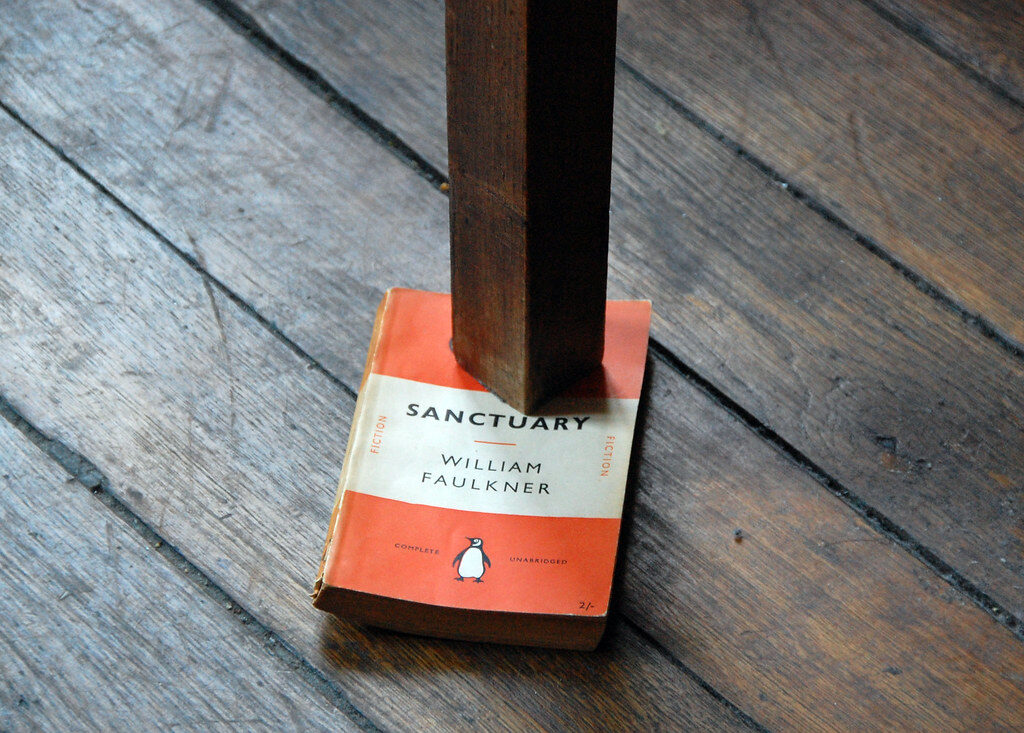
A wobbly table can make everyday activities like dining or working frustrating. This problem is usually caused by uneven legs or loose joints. To fix it, start by tightening any screws or bolts securing the legs. If the legs are uneven, place small adhesive furniture pads or felt under the shorter leg until the table balances. For wooden tables, applying a bit of carpenter’s glue to joints that have loosened adds extra stability. By addressing the root of the wobble, you ensure the table not only stands firm but also feels safe and reliable for daily use.
8. Revive Stuck Drawers
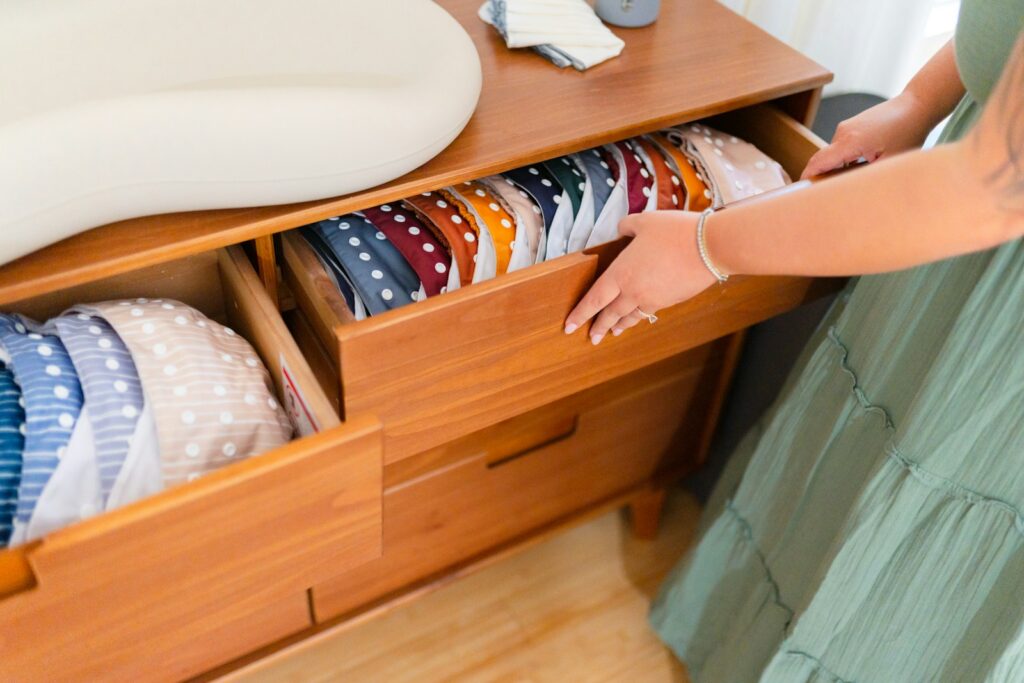
Stuck drawers are a common annoyance, but the solution is often quick and simple. First, remove the drawer and check for obstructions, dust, or warped wood. Lightly sanding the sides can help if the wood has swollen. For smoother sliding, apply a bar of soap, candle wax, or a dry lubricant along the runners. Felt pads or drawer slides can also help prevent future sticking. Reinsert the drawer and test the movement to ensure it glides easily. With these steps, you can make even the most stubborn drawers functional again, saving time and effort in daily routines.
9. Cover Dents in Wood Furniture
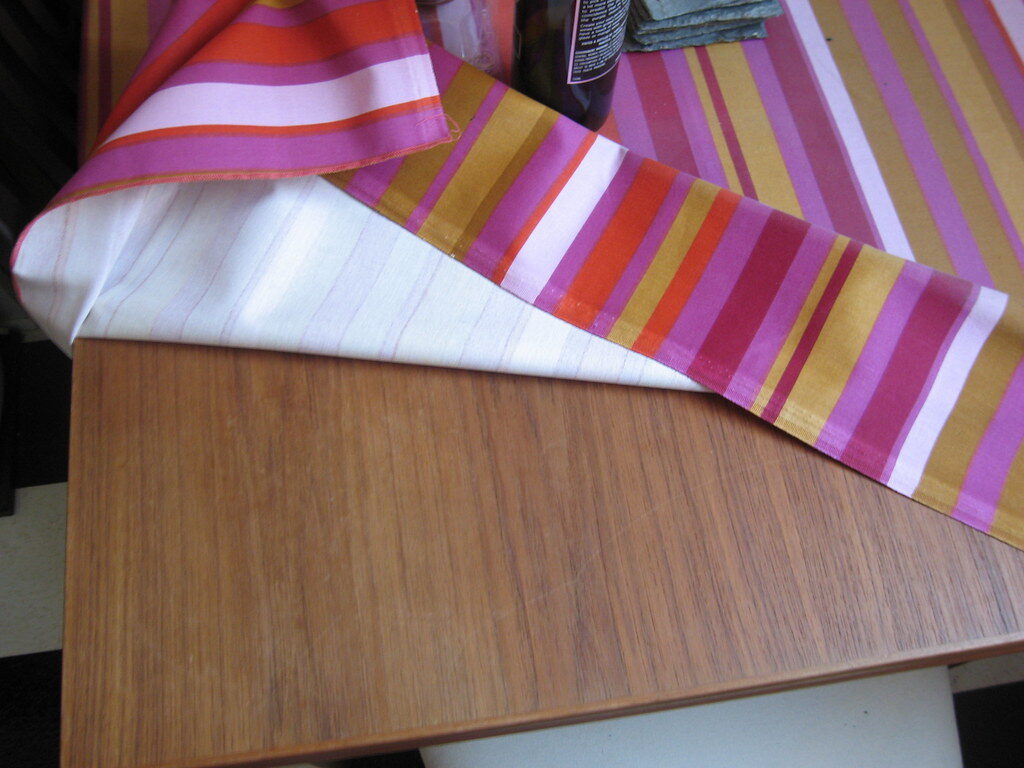
Wooden furniture dents may seem permanent, but many can be fixed with simple household methods. One popular trick is placing a damp cloth over the dent and running a warm iron over it for a few seconds. The heat and moisture cause the wood fibers to swell, reducing the dent’s appearance. For smaller marks, applying wood filler or a wax crayon in a matching shade helps disguise imperfections. Afterward, lightly sanding and polishing the area can restore the finish. These methods breathe new life into wooden surfaces, making dents far less noticeable without professional repair.
10. Protect Surfaces With DIY Pads
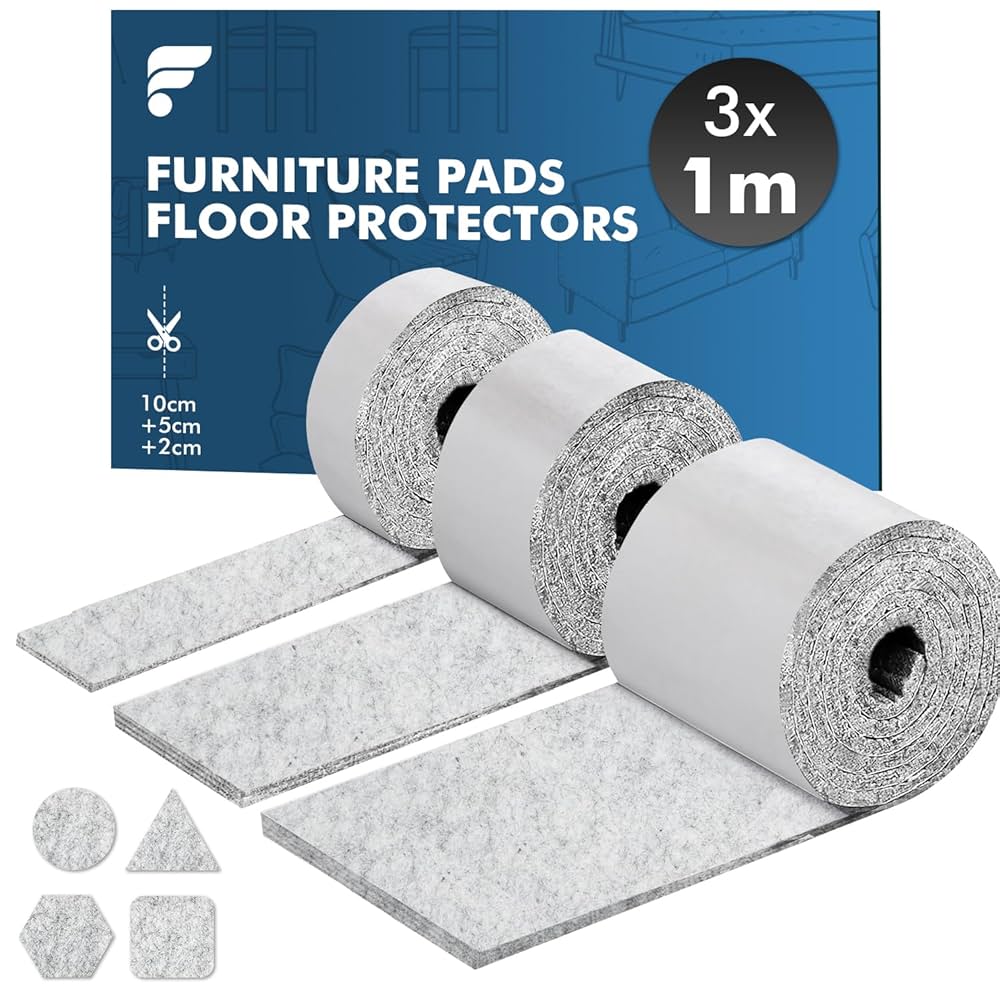
Scratches and scuffs on furniture surfaces often happen because of objects being moved around or heavy use. Preventing this is simple with DIY protective pads. You can cut felt, cork, or even thick fabric into small pieces and attach them under chair legs, vases, or decorative items using adhesive. These pads act as a buffer, reducing friction and preventing marks on wood, tile, or laminate flooring. They also make furniture easier to slide without damaging surfaces. This low-cost solution keeps your home looking polished and well cared for while extending the life of your flooring and furniture.
11. Restore the Shine to Dull Finishes
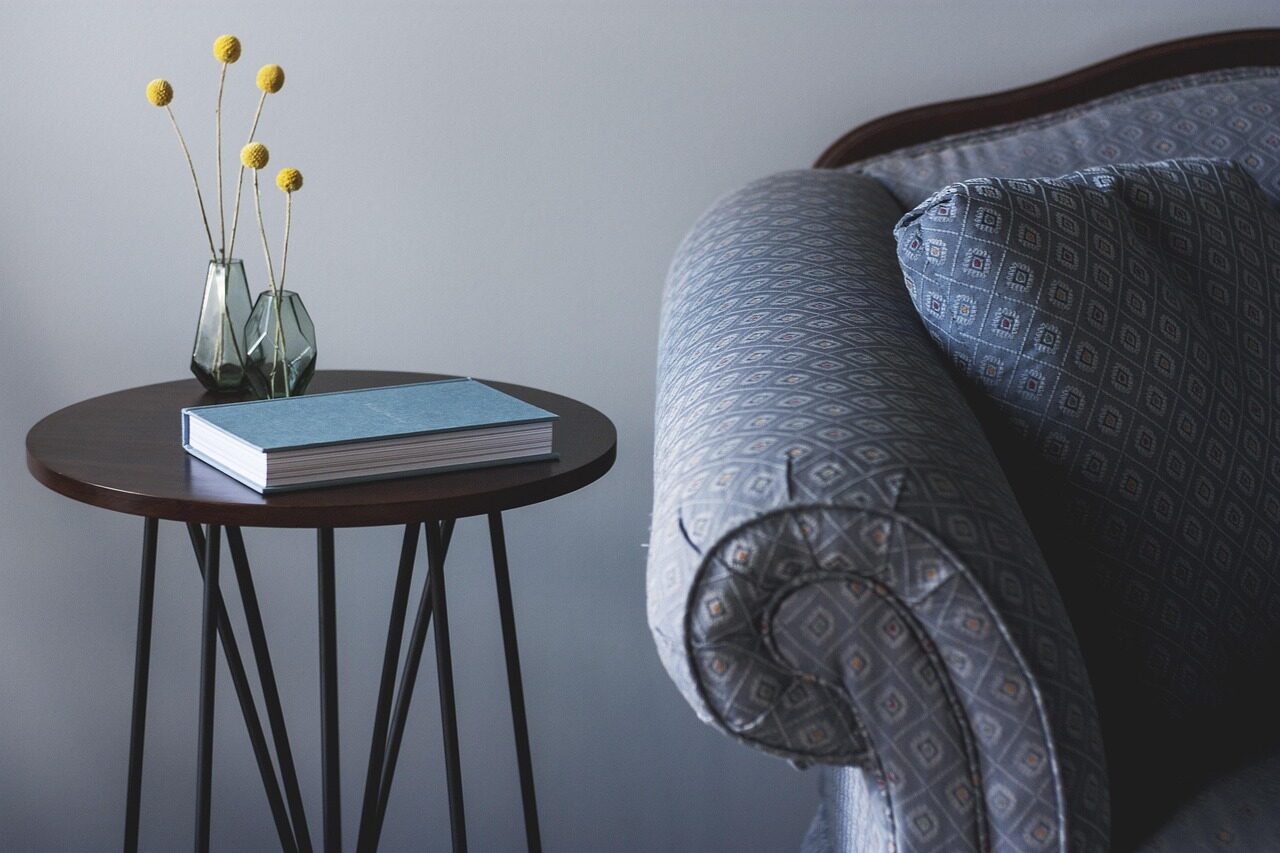
Over time, wooden furniture can lose its shine due to dust, sunlight, and daily wear. Fortunately, restoring its luster does not require expensive polish. A mixture of olive oil and vinegar applied with a soft cloth can bring back a natural glow. Store-bought wood conditioners are also effective for deeper nourishment. Always buff gently along the grain to enhance the finish without causing scratches. For a longer-lasting result, dust regularly and avoid placing furniture in direct sunlight. This simple habit not only revives the appearance but also protects your furniture, keeping it elegant and well-maintained for years.
Comments